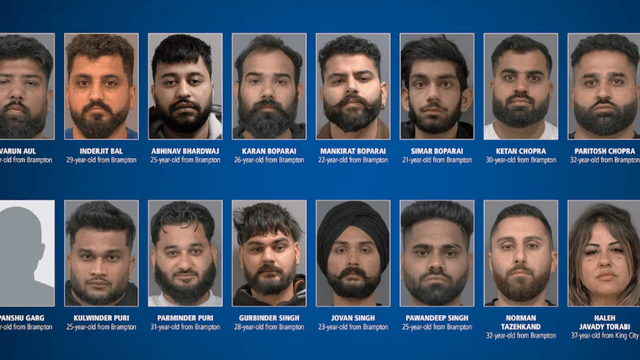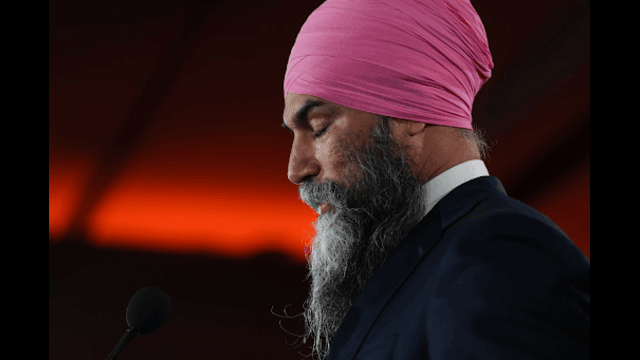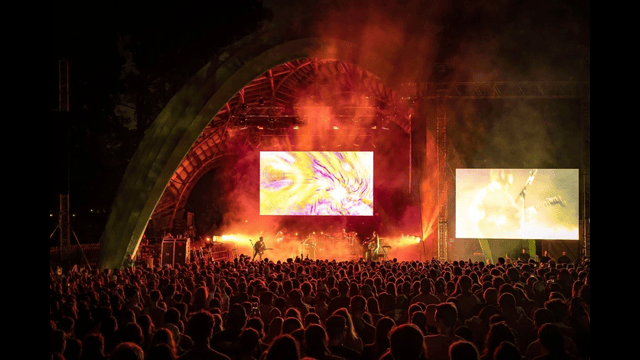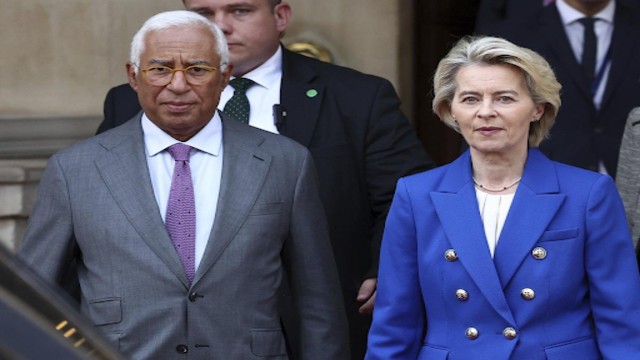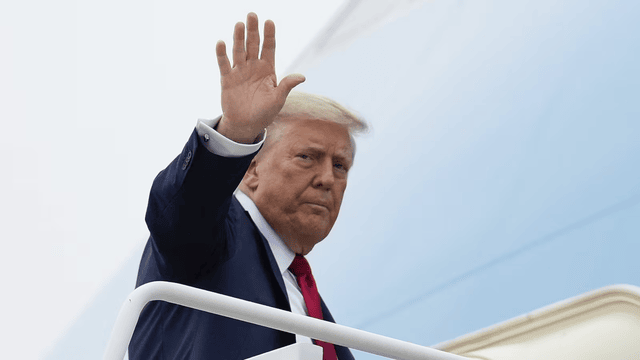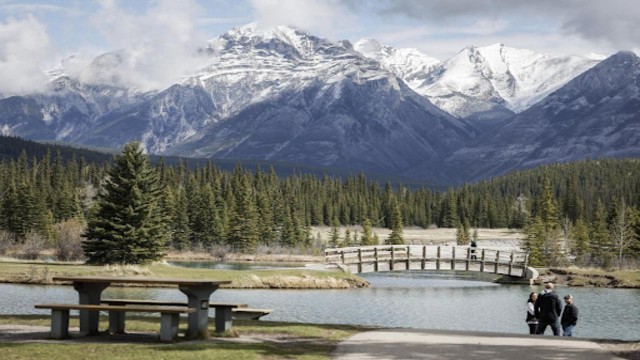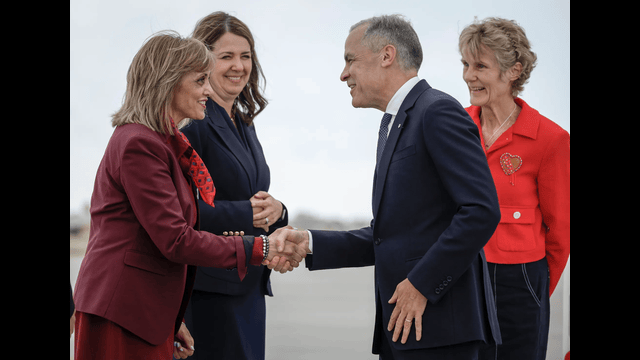
Liberal Leader Mark Carney, Conservative Leader Pierre Poilievre, and NDP Leader Jagmeet Singh are the key figures in the upcoming federal election. The Canadian Press
The race for Canada’s federal election on April 28 is heating up, with the latest polls showing a close contest between Liberal Leader Mark Carney and Conservative Leader Pierre Poilievre. Carney’s Liberals currently hold a slight edge, with 39.2% support and a projected 174 seats. Poilievre’s Conservatives are right behind at 39.1%, with 143 seats expected.
The New Democrats, led by Jagmeet Singh, are polling at 8.9%, likely securing eight seats. Yves-François Blanchet’s Bloc Québécois stands at 5.7%, with a projected 17 seats. Meanwhile, the Green Party, co-led by Elizabeth May and Jonathan Pedneault, holds 2.6% support and is expected to win just one seat.
Clifton van der Linden, a political science professor at McMaster University and the CEO of Vox Pop Labs, noted that it’s still early in the campaign. He explained that more polls in the coming days will provide a clearer picture.
The Signal, an online tool created by Vox Pop Labs, tracks polling data from across Canada. It uses a supercomputer to analyze the results, adjusting for potential biases in polling firms’ past performances. Unlike other aggregators, the Signal considers how certain firms tend to lean and factors that into its predictions.
On the campaign trail, Poilievre made a stop in Brampton, where he promised to cut taxes for the lowest income group. Carney campaigned in Gander, Newfoundland and Labrador, pledging to use tariff revenues from American goods to support workers affected by US trade policies. Singh, meanwhile, spoke in Montreal, stressing the need for his party to win more seats in the upcoming election.
The Signal’s historical data shows how dramatically voter support has shifted. On January 1, before Justin Trudeau resigned as Liberal leader, the Conservatives were far ahead at 46.9%, while the New Democrats and Liberals were nearly tied at 18.7% and 18.6%, respectively. The Bloc was at 9.7%, and the Greens sat at 2.7%.
Van der Linden called the recent shift in support for the Liberals remarkable. “I’ve never seen shifts like this before,” he said, highlighting how the Liberals have gained ground at the expense of every major party.
Although the two main parties are almost tied in popular support, the Liberals have an advantage due to their more efficient vote distribution. The Conservatives dominate in Alberta and Saskatchewan with large margins but struggle to gain seats elsewhere. In contrast, the Liberals win more seats by securing narrower victories in other regions.
In the last two federal elections, the Conservatives received more overall votes than the Liberals but still lost. This is because the Liberal vote is more spread out, giving them an edge in seat counts.
This year’s election will decide the fate of 343 seats, five more than the previous election due to redistribution. At the time of dissolution, the Liberals held 152 seats, the Conservatives had 120, the Bloc had 33, the NDP held 24, and the Greens had two. There were also three Independents and four vacant seats.


